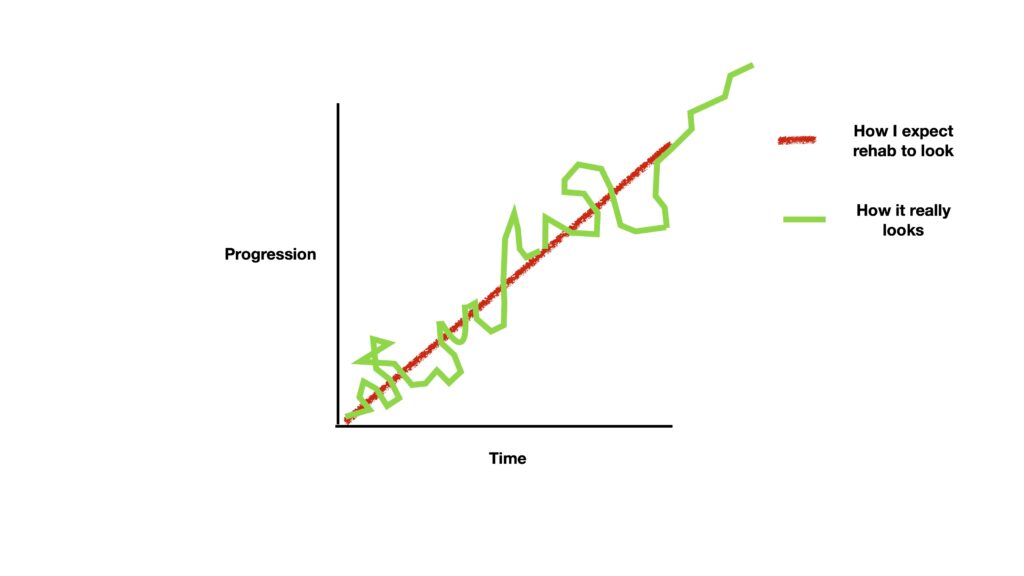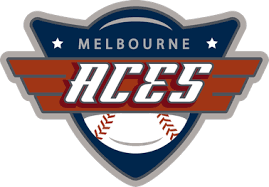
Rehabilitation is a complex thing but just like the fairytale Goldilocks and the Three Bears, if you get it just right it can be quite simple.
Just like Goldilocks, finding a fair middle ground is best. I find that the people who go too hard with their exercises do the worst at rehab. All you are doing is stirring up the inflammation which just makes you like a bear with a sore head!
Doing nothing will mean you get sore and stiff. Weakness will soon follow and you will soon be as stable as a house of sticks! We all know how that one ends.
But how do you find the happy ground?
What is the holy grail of rehabilitation?
Unfortunately there is no magic bean to guide us here. Everyone is different. Each day presents different challenges and as time goes on our ability to push harder improves.
Accommodation is the process in which progressive overloading of the bodies structures causes them to strengthen in the patterns in which we move. It’s a vital part of rehabilitation but it needs to be done in conjunction with the natural rates of healing.
Soft tissues generally take about 6 weeks to heal.
Bones, 6- 12 weeks depending upon where they are in the body.
Tendons with their poorer blood supply take ages (up to 12 months).
Throw in age, activity, co morbidities and we get a really complex matrix beginning to form.
Then there’s pain!
Pain is amongst other things physical, chemical, social, psychological. It’s a bit like the seven dwarfs.
How we react and perceive these things will influence how we perceive and react to pain. This is why no two recoveries are the same.
Physios like to talk about good pain and bad pain.
Good pain is more like a stretching and working pain and its generally something tolerable and can be encouraged. It will settle fairly soon following workouts.
Bad pain is more searing and stabbing. It typically doesn’t settle so well and may last overnight and the next day. We like to avoid this pain.
So now you know the variables for recovery, how do you find the best option for you?
Firstly listen to your body. It will tell you how it’s feeling; you just need to learn how to listen to it. When starting with rehab, taste test first.
Start slowly.
See how you recover and if it pulls up well, then next time you exercise you can do a little more.
Be careful because it’s sometimes not sore until you’ve finished and by then its too late. Sooner or later you will learn how the area reacts and you will be able to predict how much to do with more certainty.
Rehab is not linear. Especially not in its micro form. Patients often don’t realise the progression they are making. It’s a bit like watching grass grow. You’ll find others will see your progression more than you. Comments like “you are moving much better” are common.

Working with your physiotherapist is really helpful to help you progress with your rehabilitation. See them more as your teacher or coach who will guide you through the weeks or months in order to get you back to all your normal activities. They will help to remind you that you are on track, when to push harder or when to back off. They are skilled to understand the time frames for recovery and when to commence working different structures following injury or an operation. They understand the “just right in between” balance you’ll need to find.














